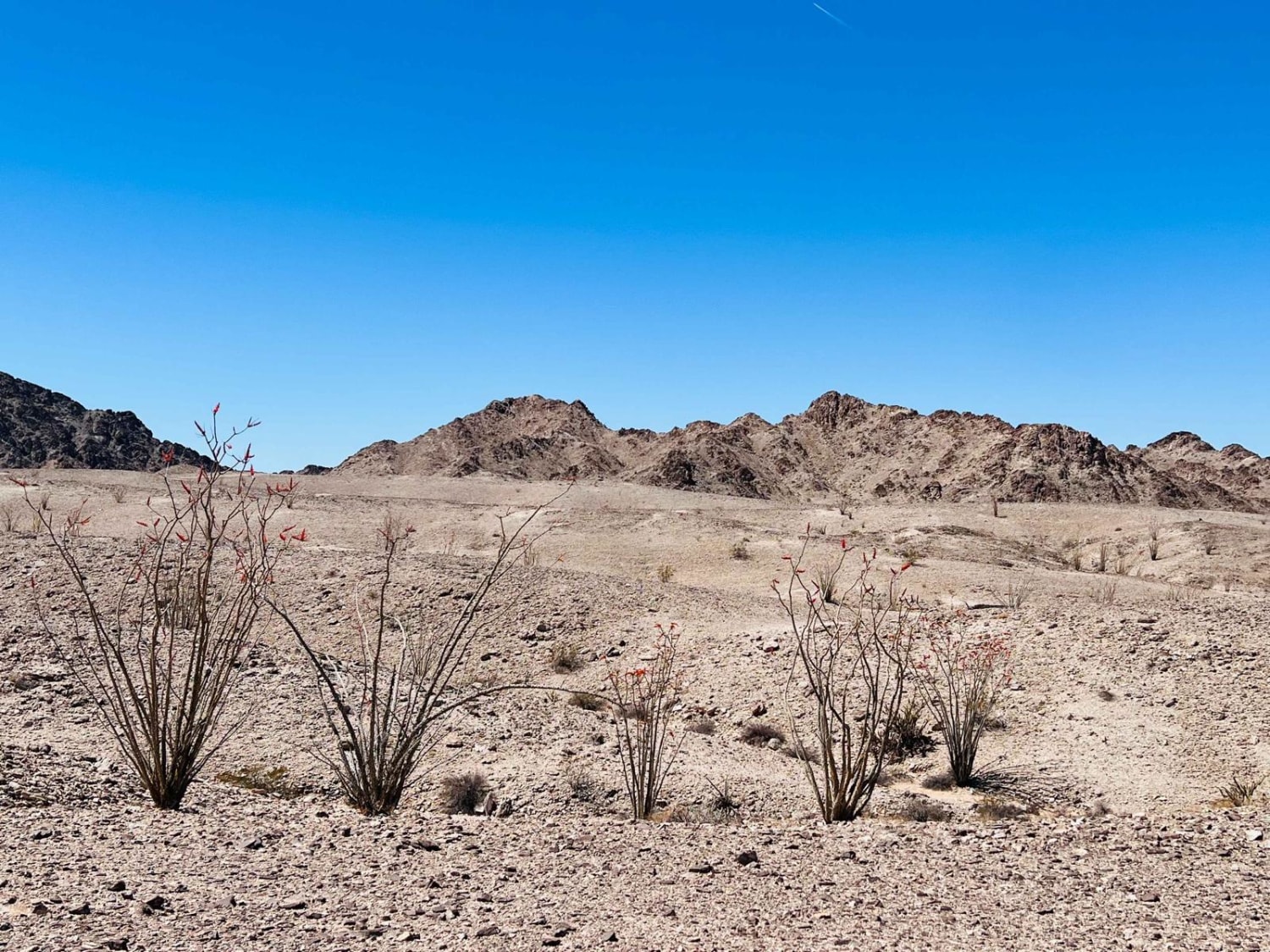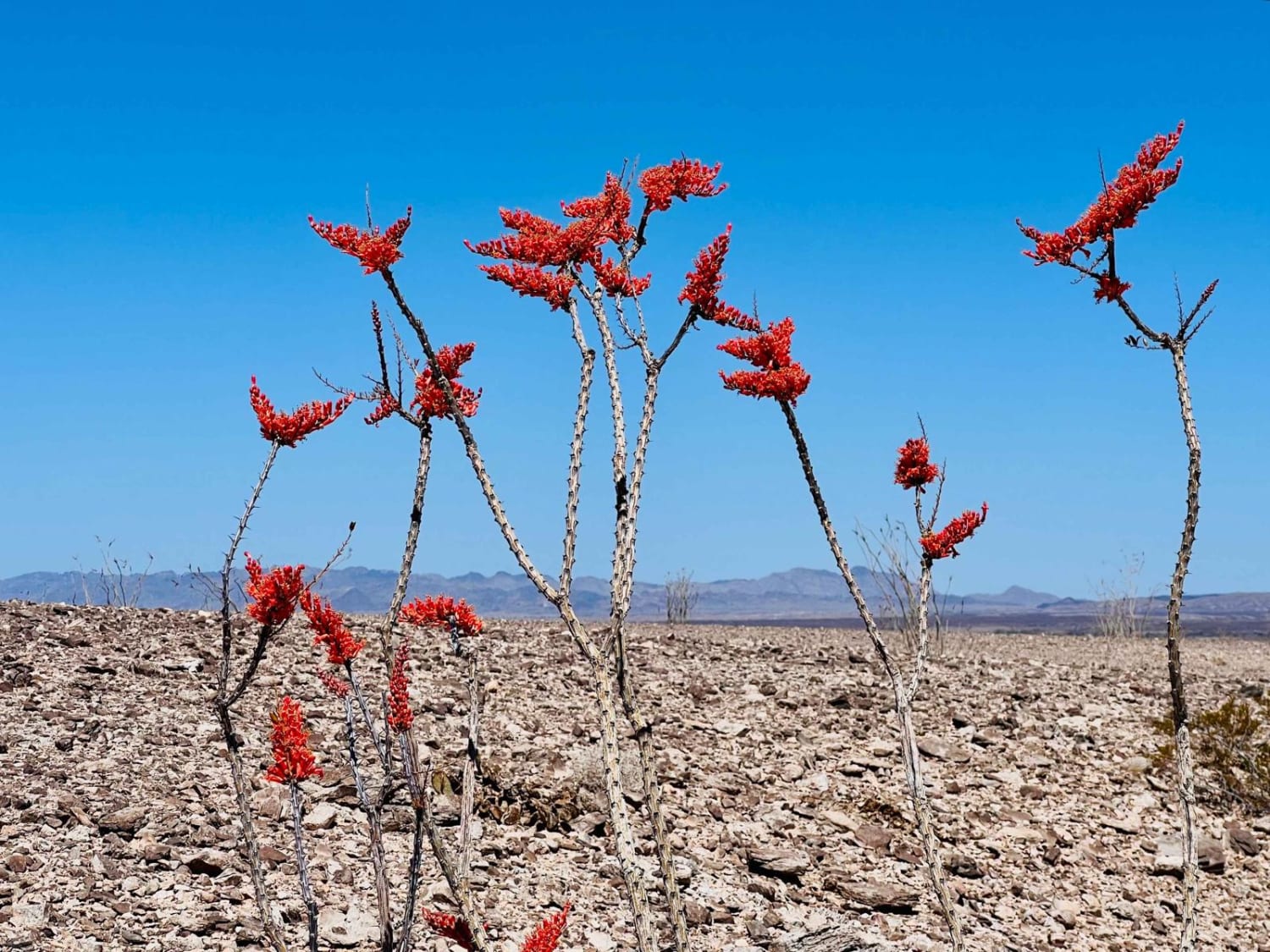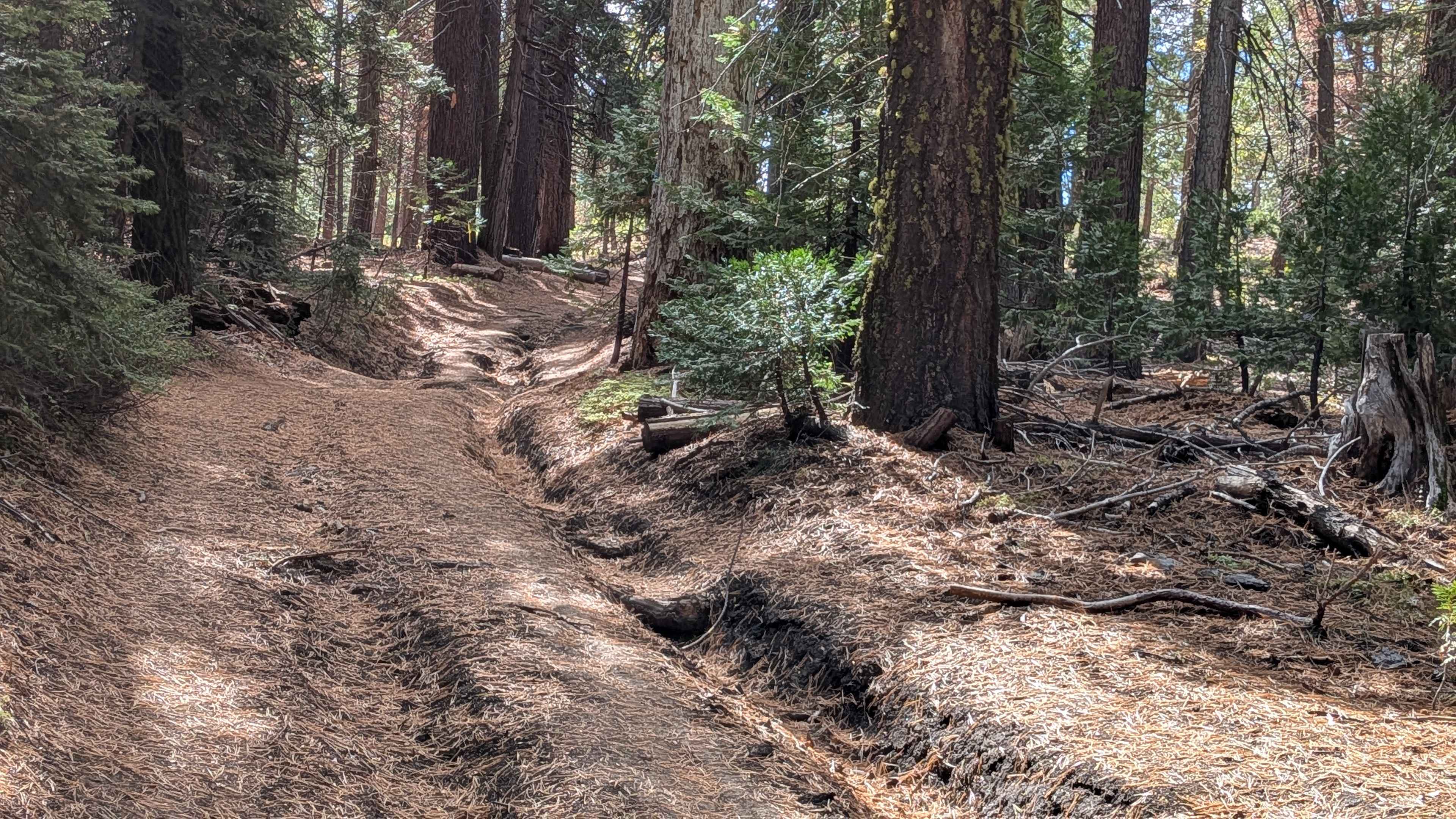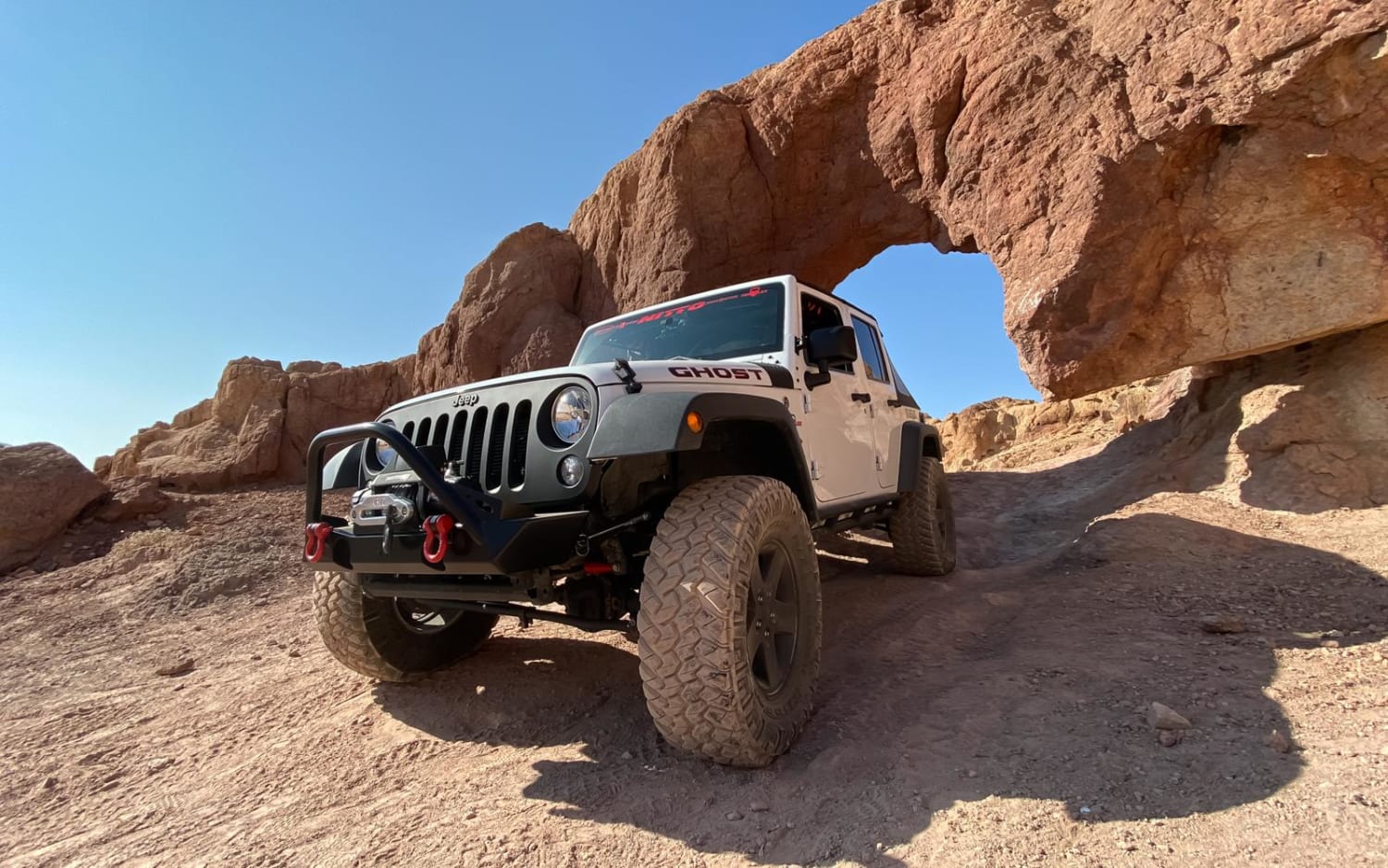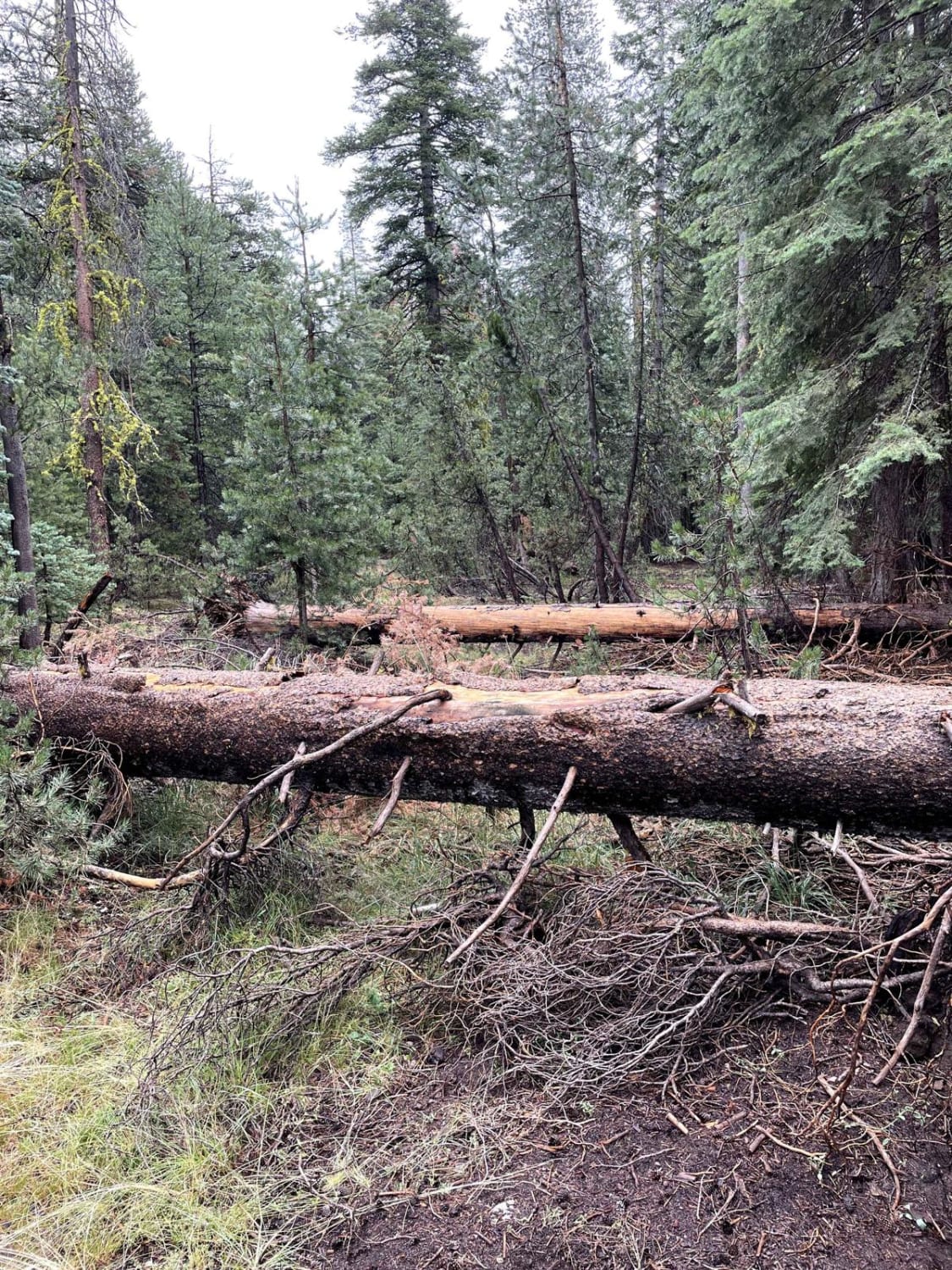Ocotillo Out and Back 661
Total Miles
2.1
Technical Rating
Best Time
Winter
Trail Type
Full-Width Road
Accessible By
Trail Overview
This lovely out-and-back runs right to the foothills of the Stud Mountains. The craggy rocks combined with the forest of spiky ocotillo are quite a sight to see. The trail's end is a rock-bordered parking/ camping spot with signage asking travelers not to continue, even though the tracks from the past continue. There are outstanding campsites along the way with views of the mountains and out to the open plains leading to the Imperial Sand Dunes off in the distance. Be aware that it can get very windy out here. The trail is rocky, with only one challenging hill climb into and out of a deep wash with large boulders. Other than that, it's pretty simple, with only sharp rocks to impede your progress. There's one bar of Verizon 5G cellular service.
Photos of Ocotillo Out and Back 661
Difficulty
This trail is narrow and rocky with one steep climb and descent into and out of a wash. There are sharp boulders most of the way so be careful of one's sidewalls.
History
This is a known habitat area for the Desert Tortious. Please use caution when traversing the region and do not touch them as it may cause them to urinate, and they will lose precious water stores. The Desert Tortious are native to the Mojave and Sonoran Deserts of the southwestern United States, northwestern Mexico, and the Sinaloan thorn scrub of northwest Mexico. They are distributed in western Arizona, southeastern California, southern Nevada, and southwestern Utah. Desert tortoises live in different habitats, from sandy flats to rocky foothills. They prefer the Mojave Desert for alluvial fans, washes, and canyons where more suitable soils for den construction might be found. They can also be found in tropical deciduous forests and some grassland habitats.The Desert tortoises are two species of tortoise native to the Mojave and Sonoran Deserts of the southwestern United States and northern parts of Mexico. They are Agassiz's desert tortoise and Morafka's desert tortoise. These slow-growing and long-lived tortoises have changed little during the past 200 million years. Males are slightly larger than females and have a more extended gular horn; a male's plastron (lower shell) is concave compared to a female tortoise. In addition, males have larger tails than females do. Desert tortoises' shells are high-domed, greenish-tan to dark brown. The front limbs have sharp, claw-like scales and are flattened for digging. Back legs are skinnier and very long. Desert tortoises can tolerate water, salt, and energy imbalances daily, increasing their lifespans.
Status Reports
Ocotillo Out and Back 661 can be accessed by the following ride types:
- High-Clearance 4x4
- SUV
- SxS (60")
- ATV (50")
- Dirt Bike
Ocotillo Out and Back 661 Map
Popular Trails
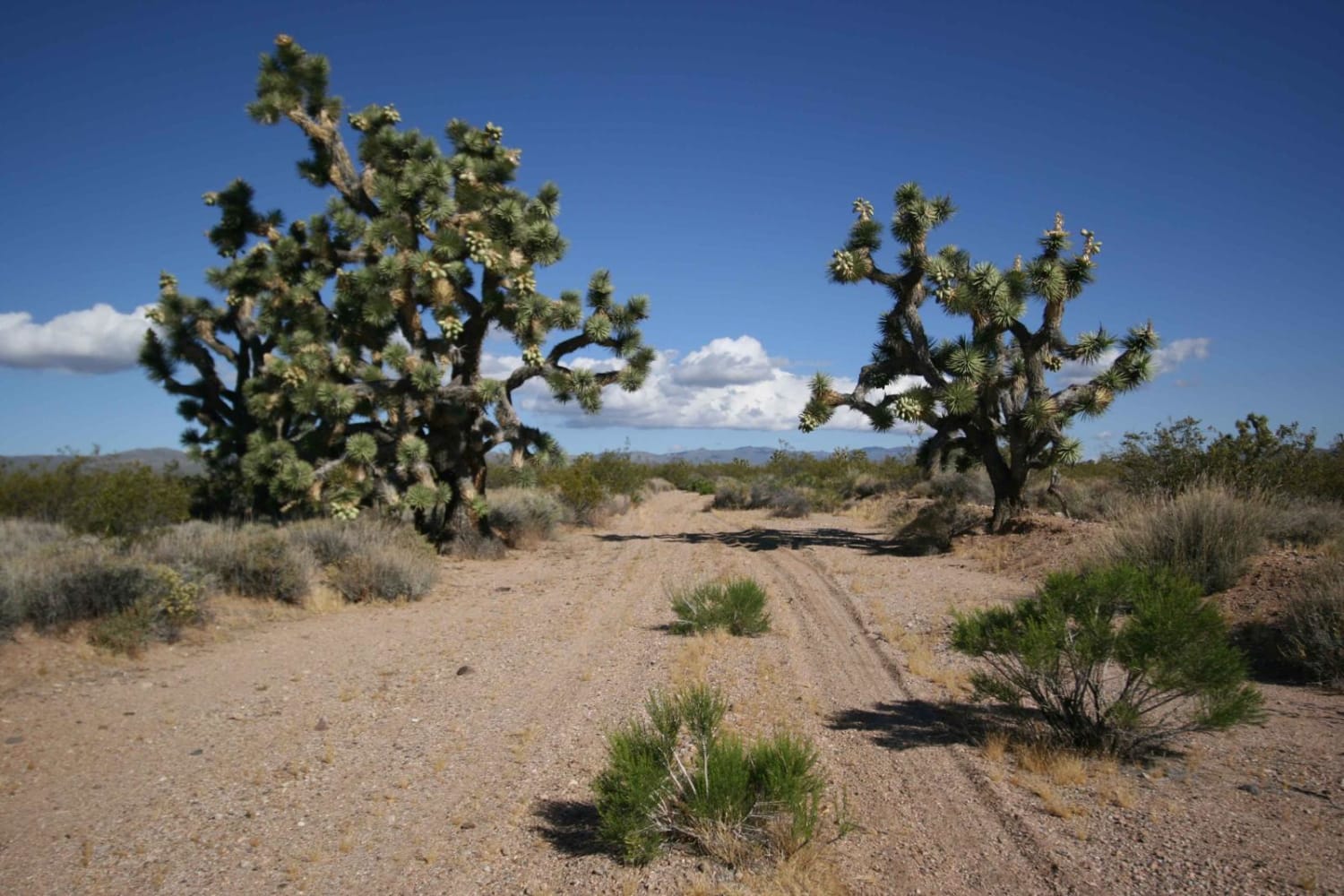
EMHT Segment 1: Needles to Ivanpah
The onX Offroad Difference
onX Offroad combines trail photos, descriptions, difficulty ratings, width restrictions, seasonality, and more in a user-friendly interface. Available on all devices, with offline access and full compatibility with CarPlay and Android Auto. Discover what you’re missing today!
